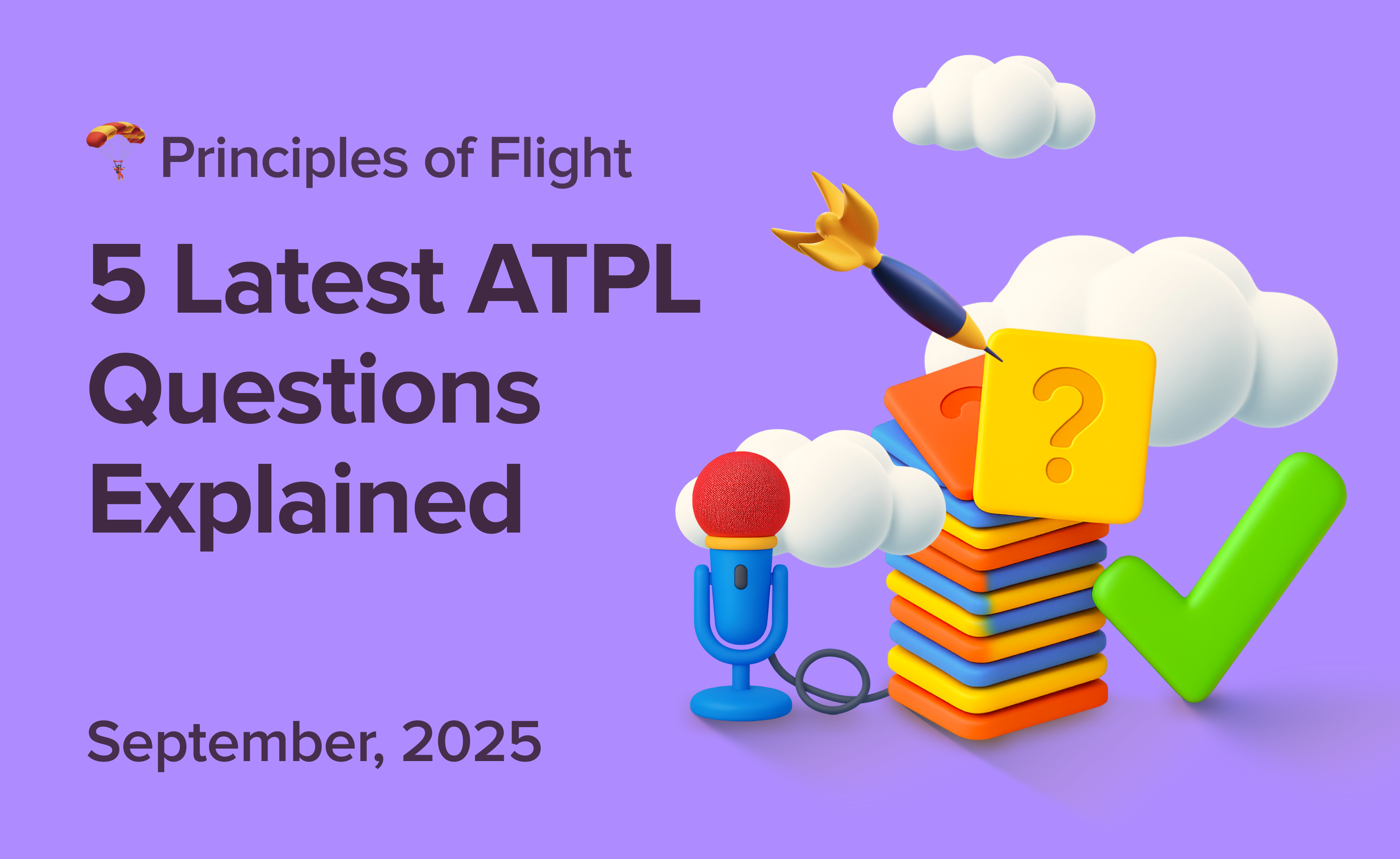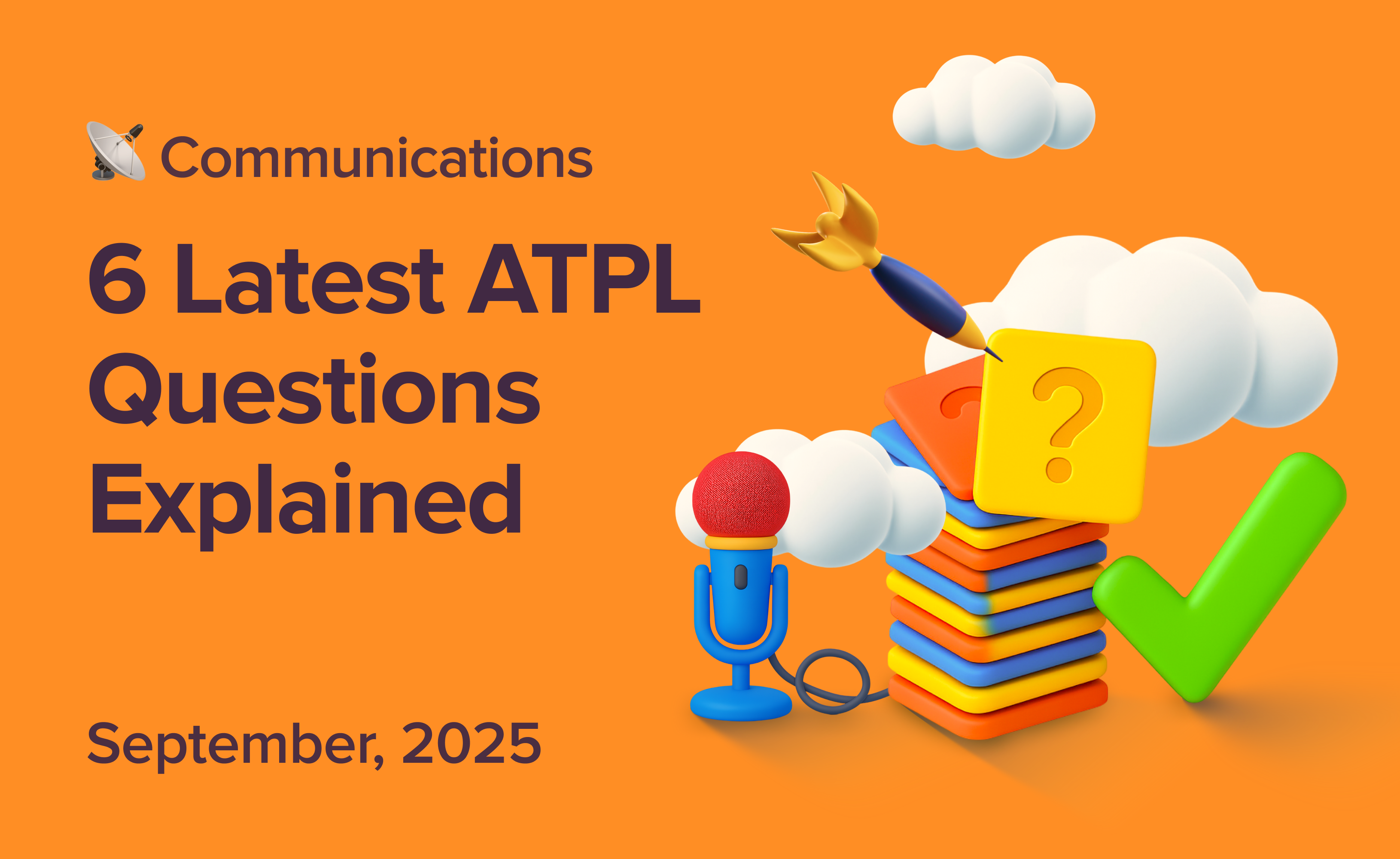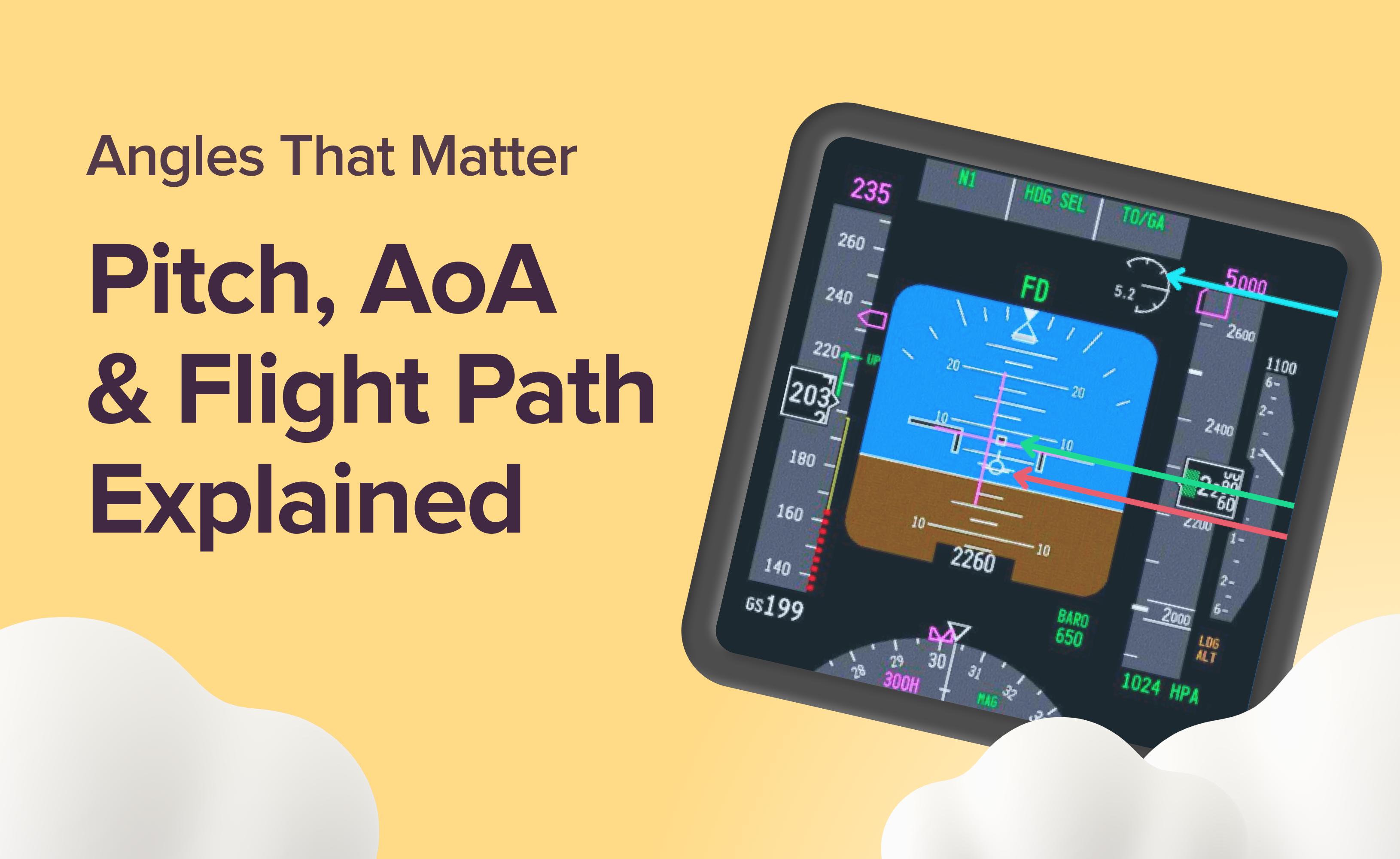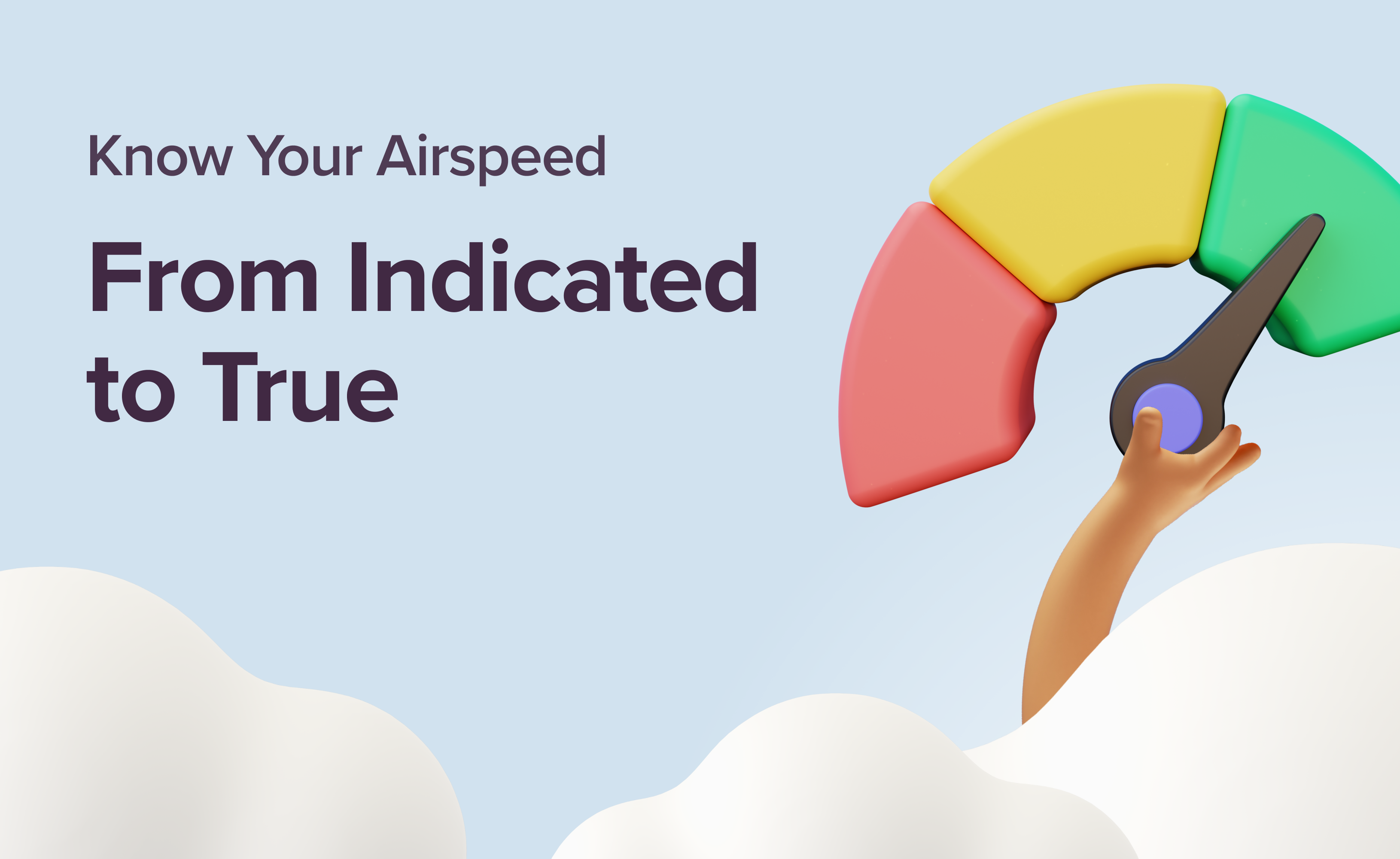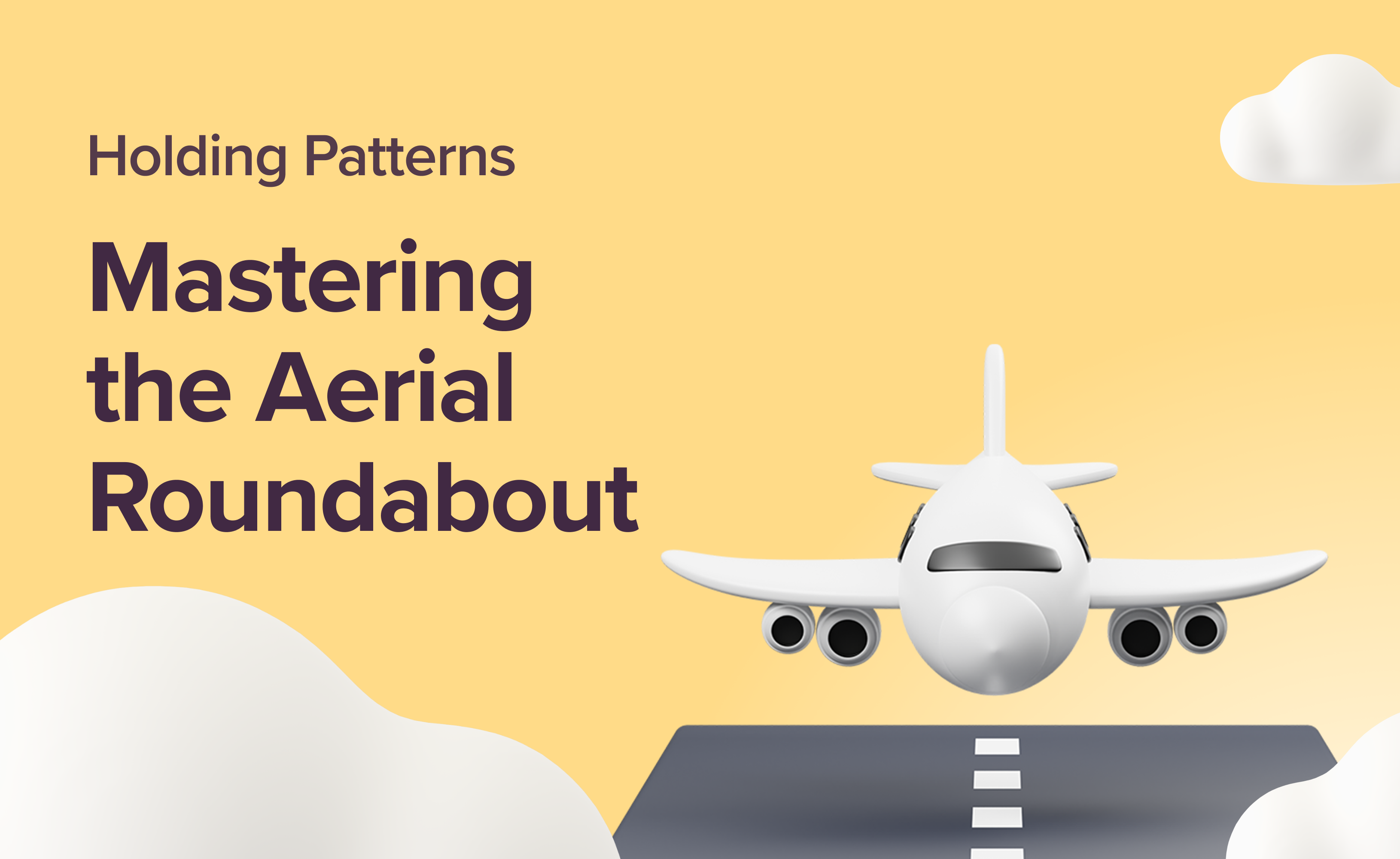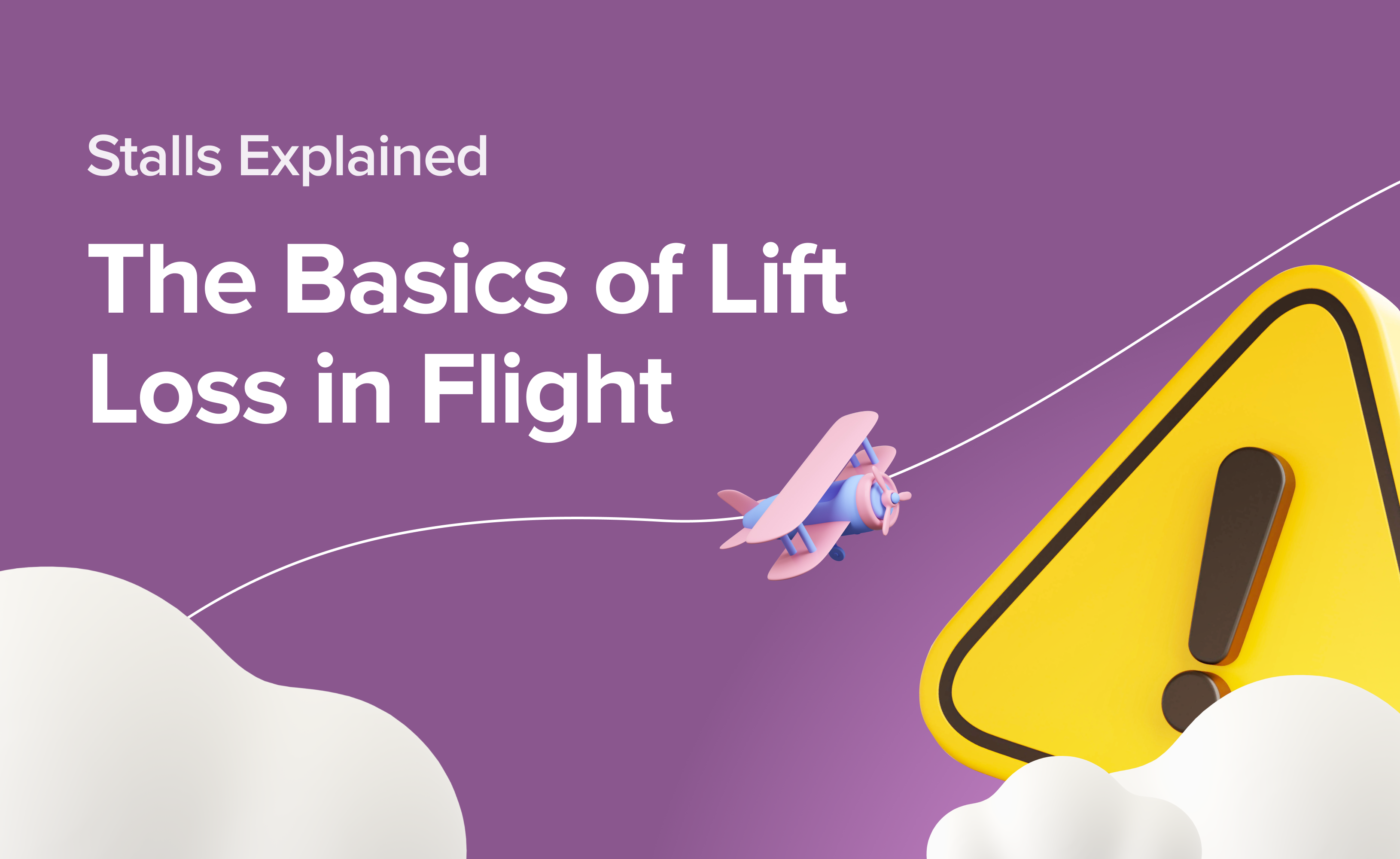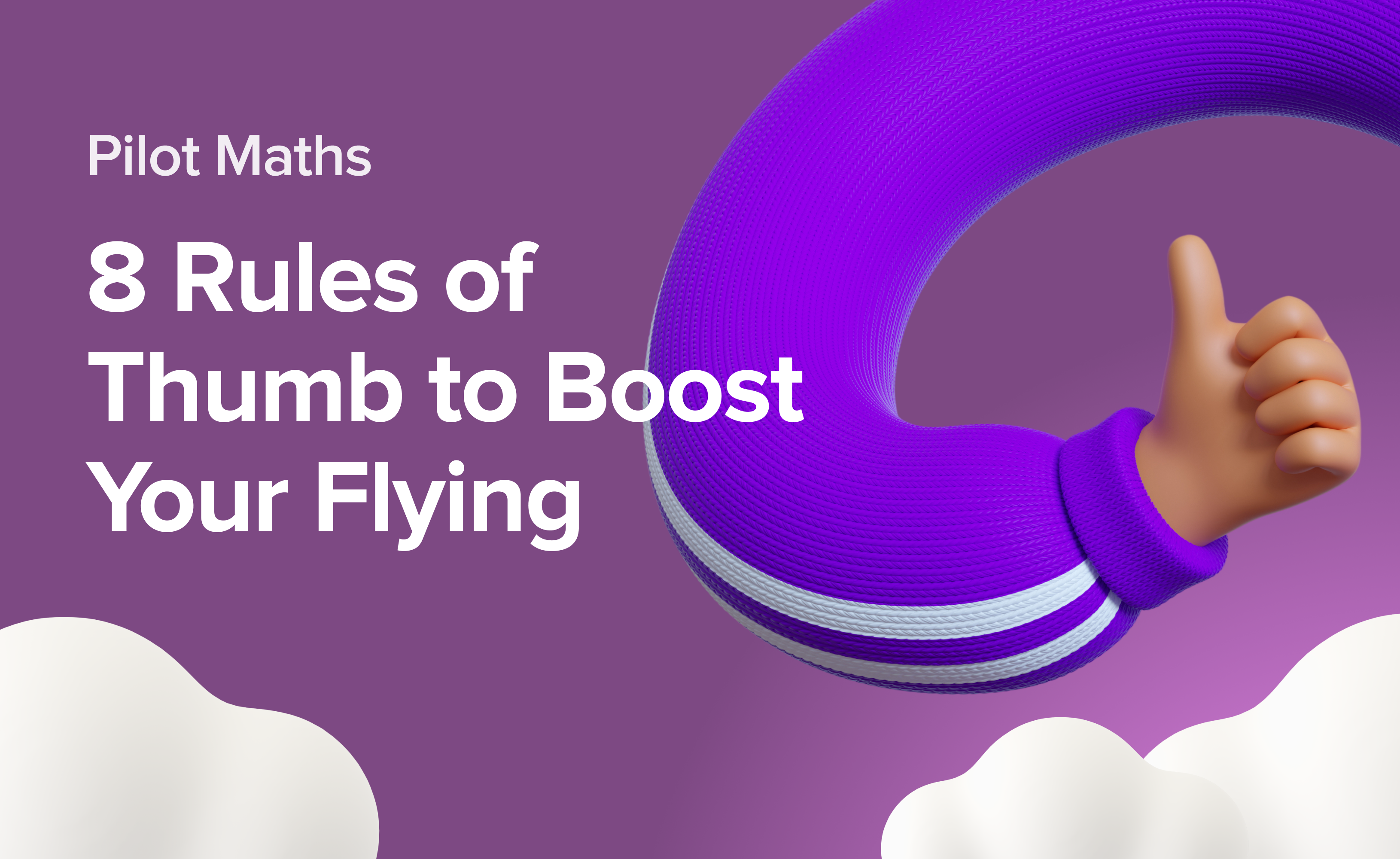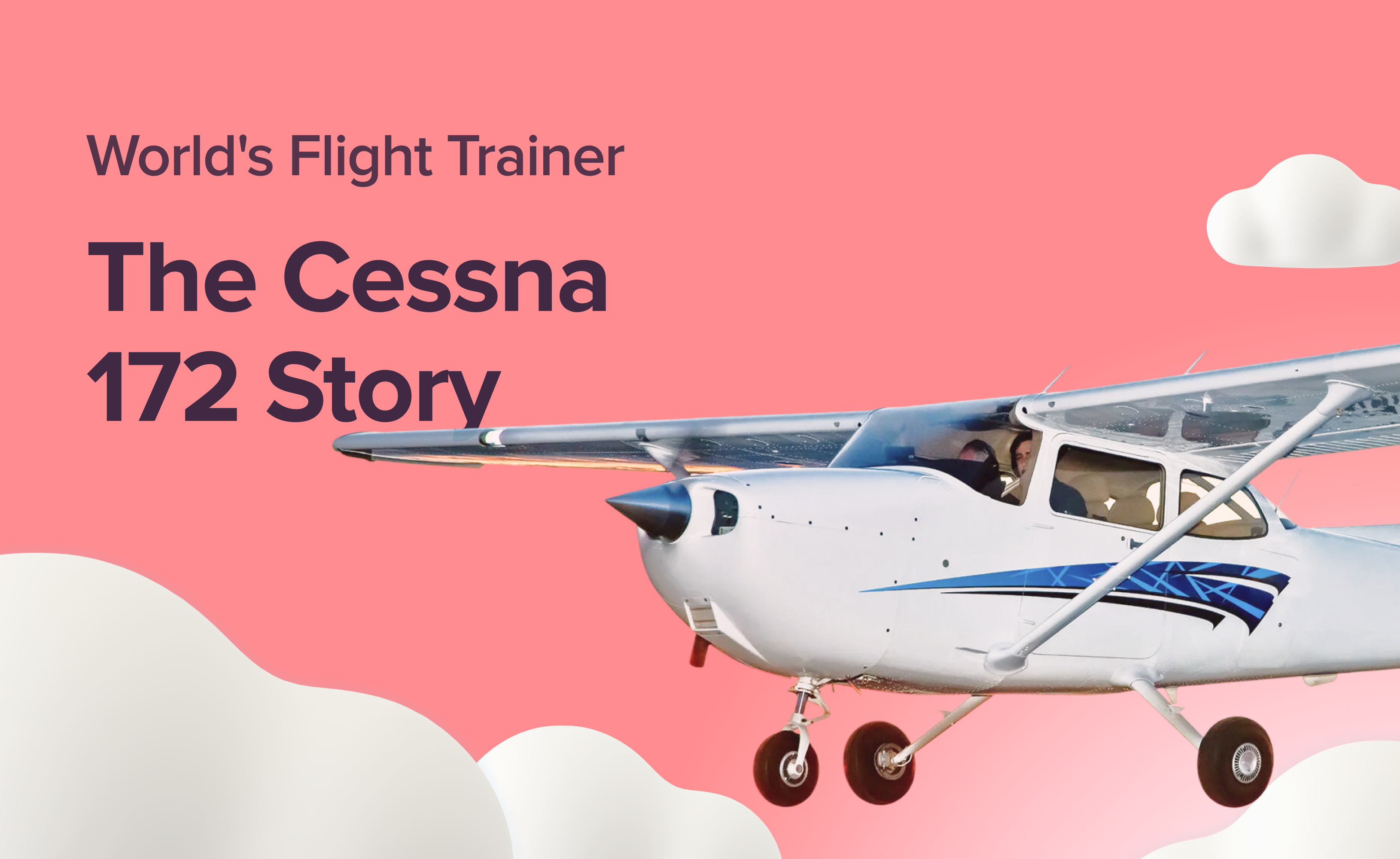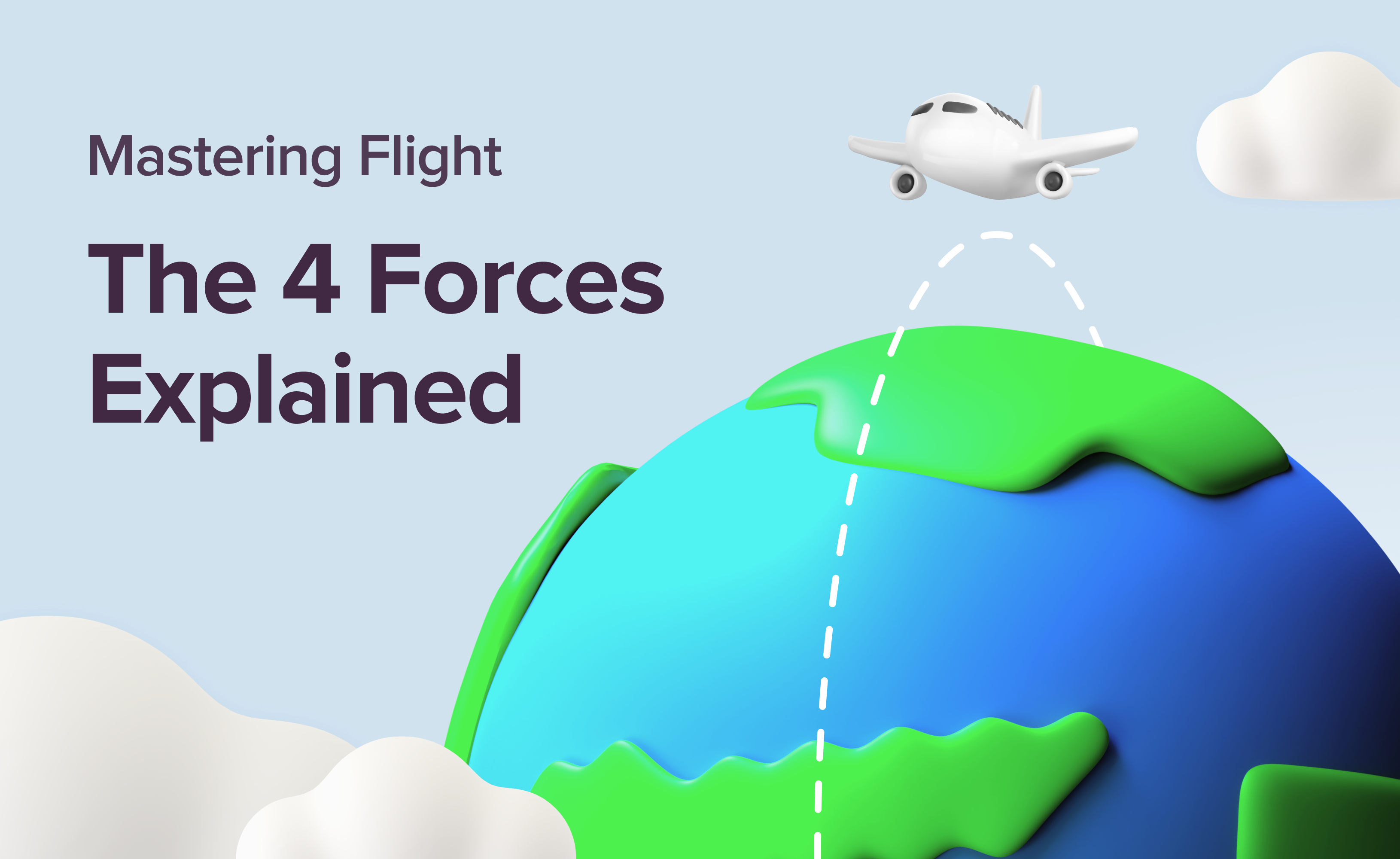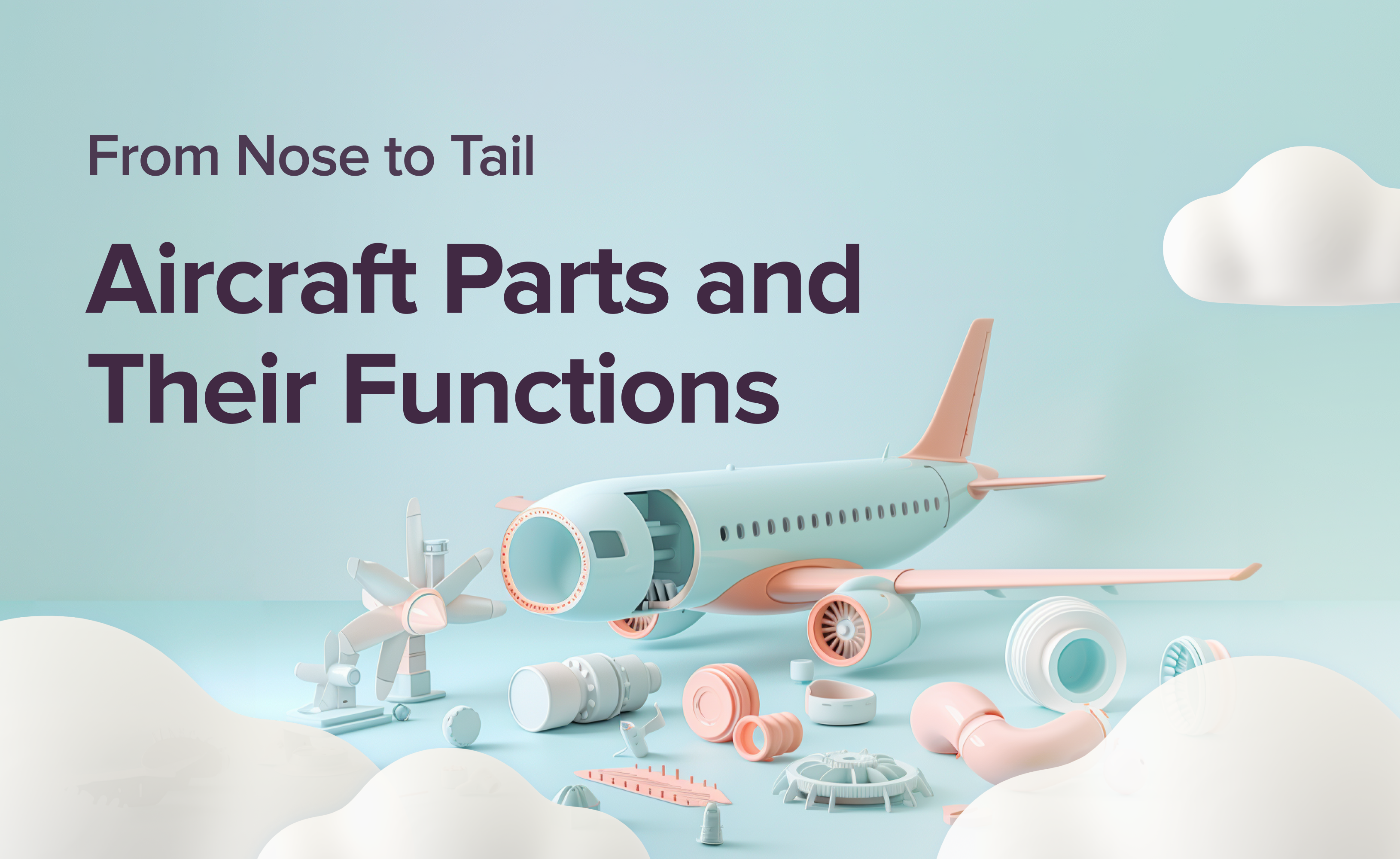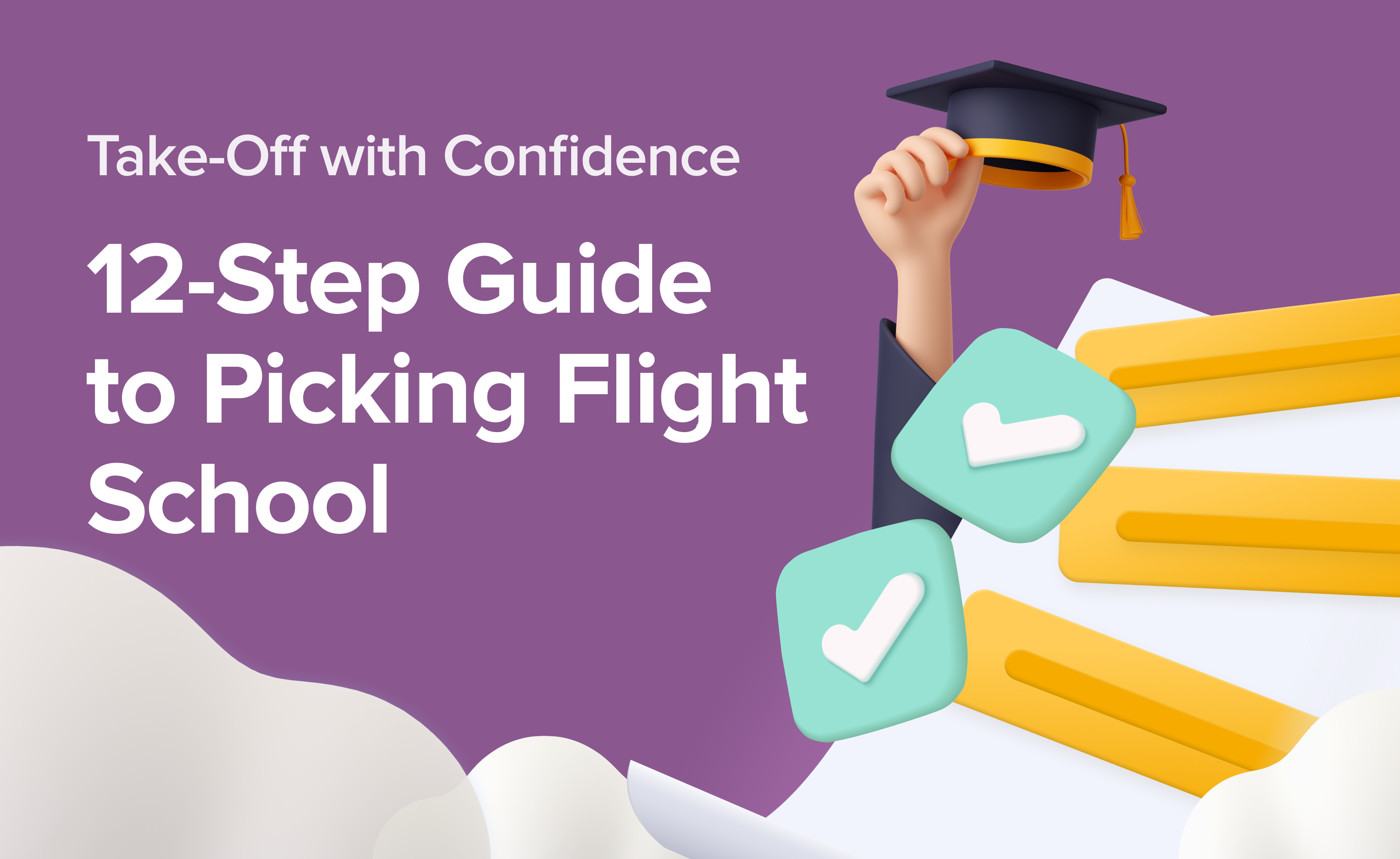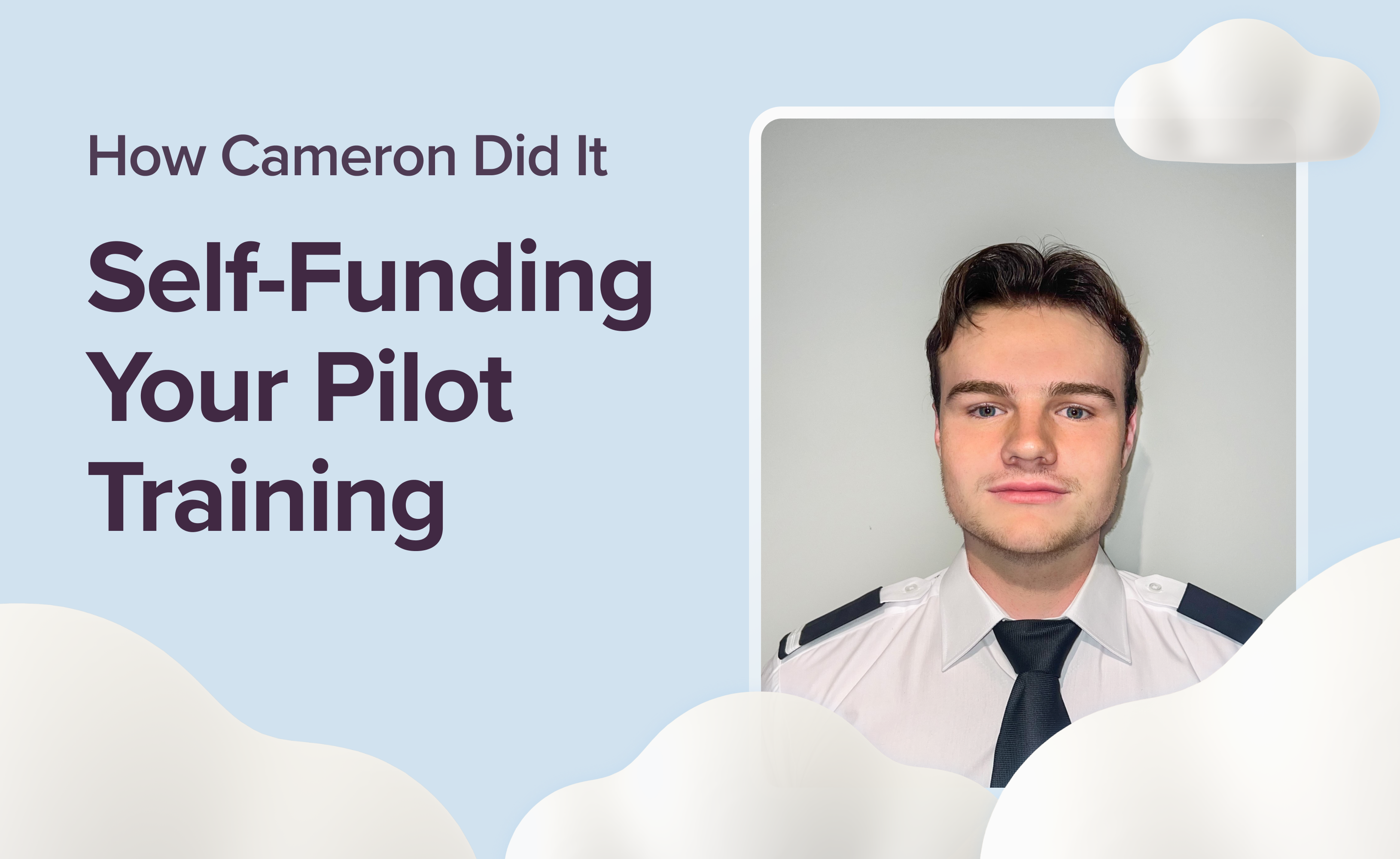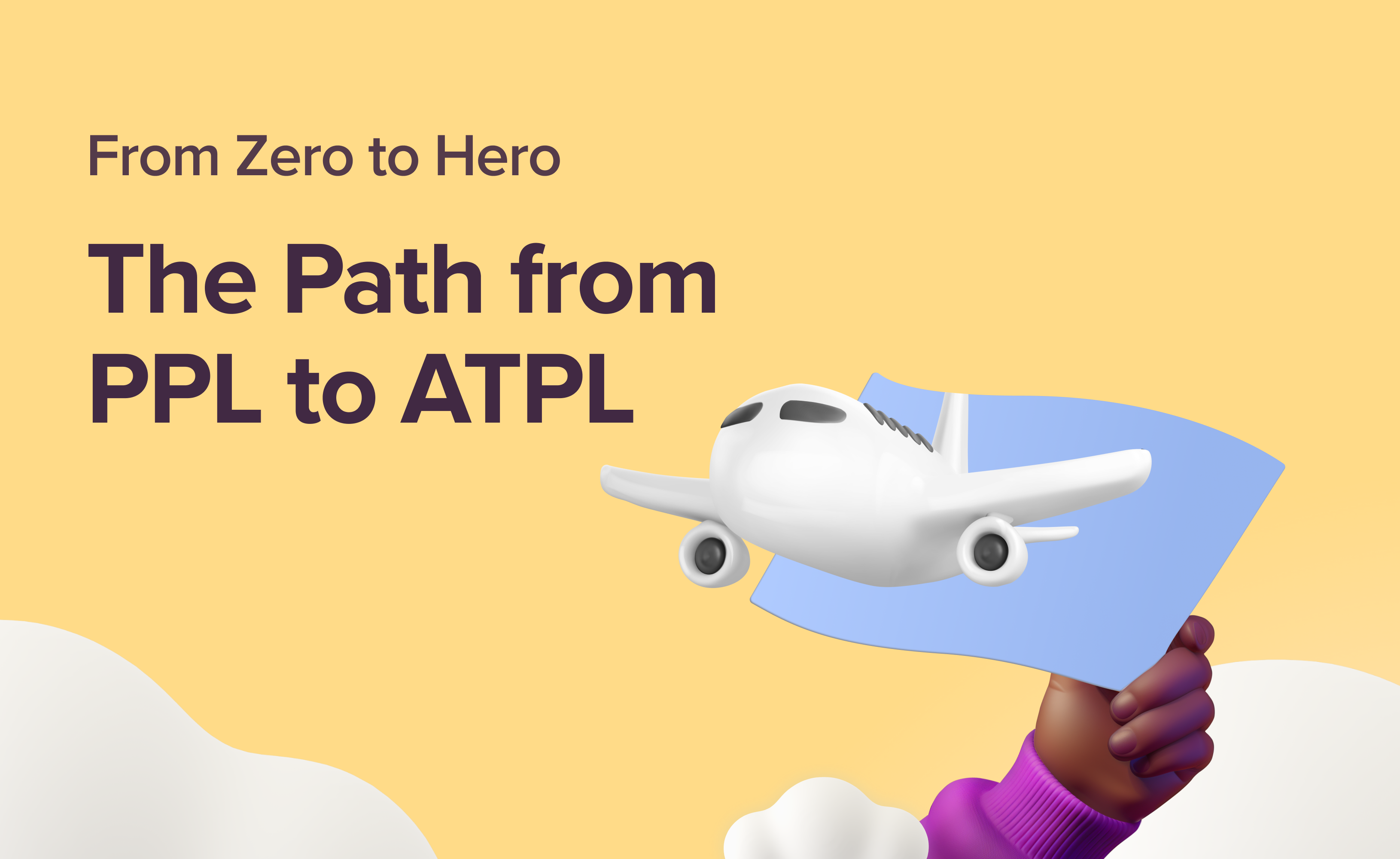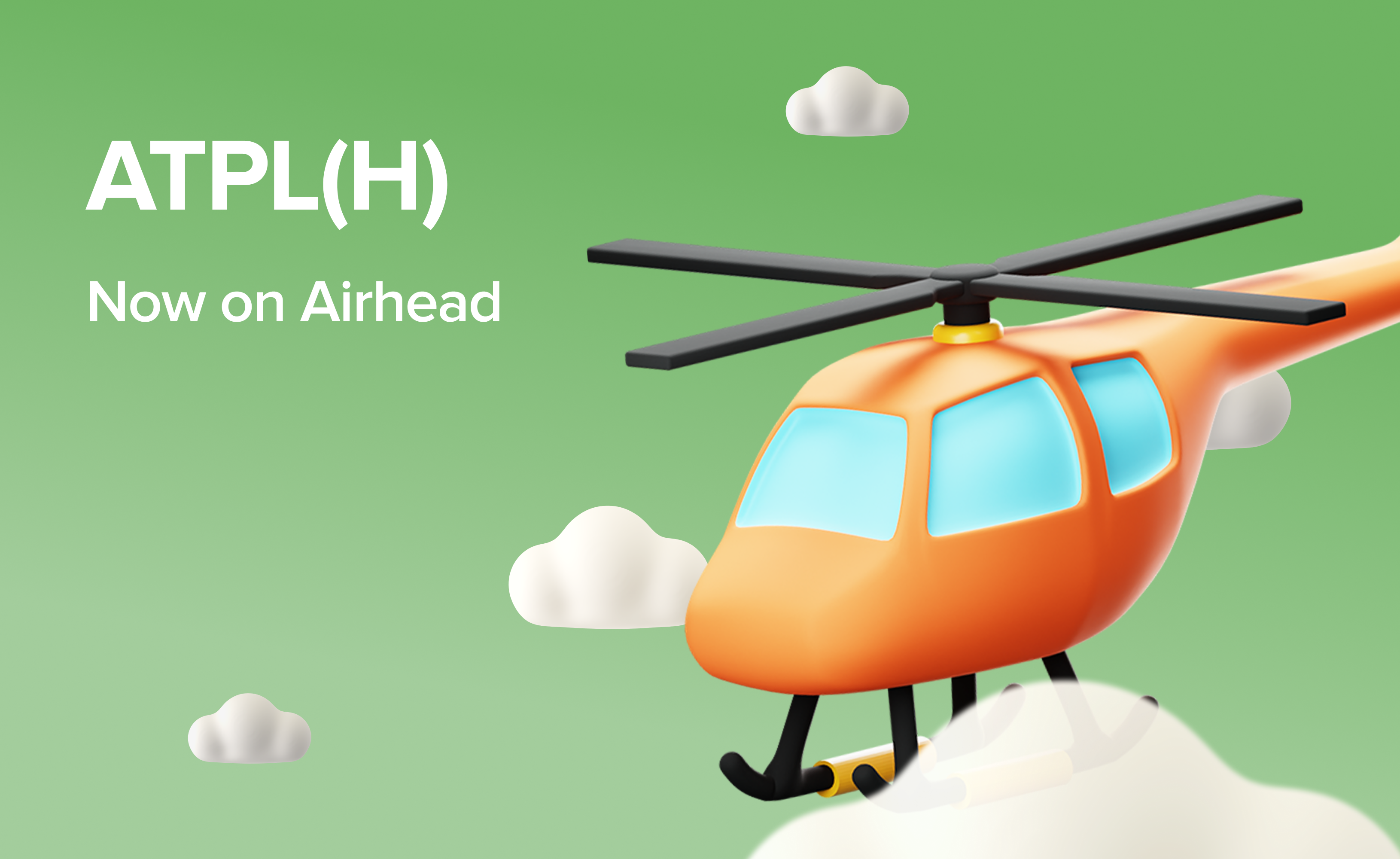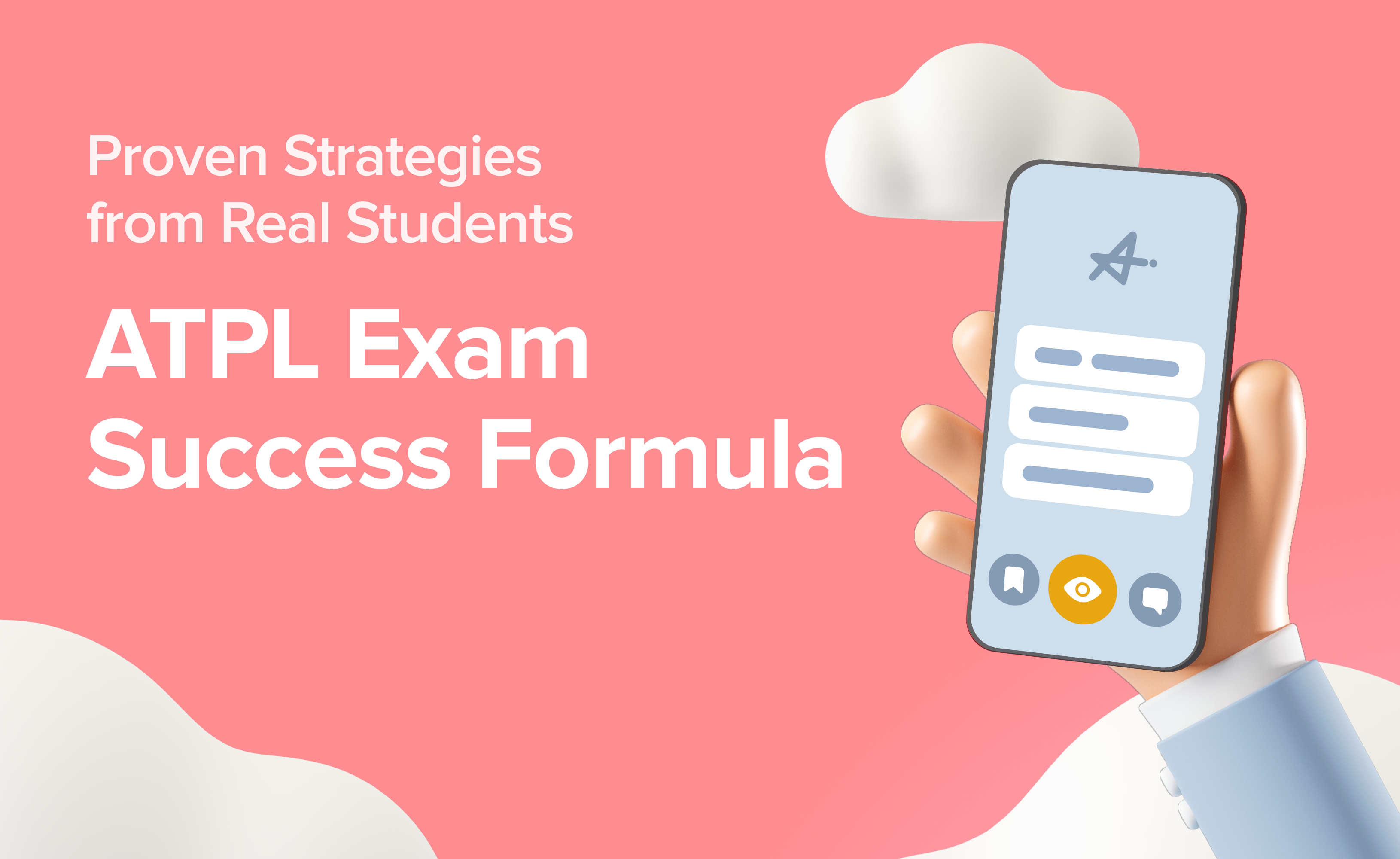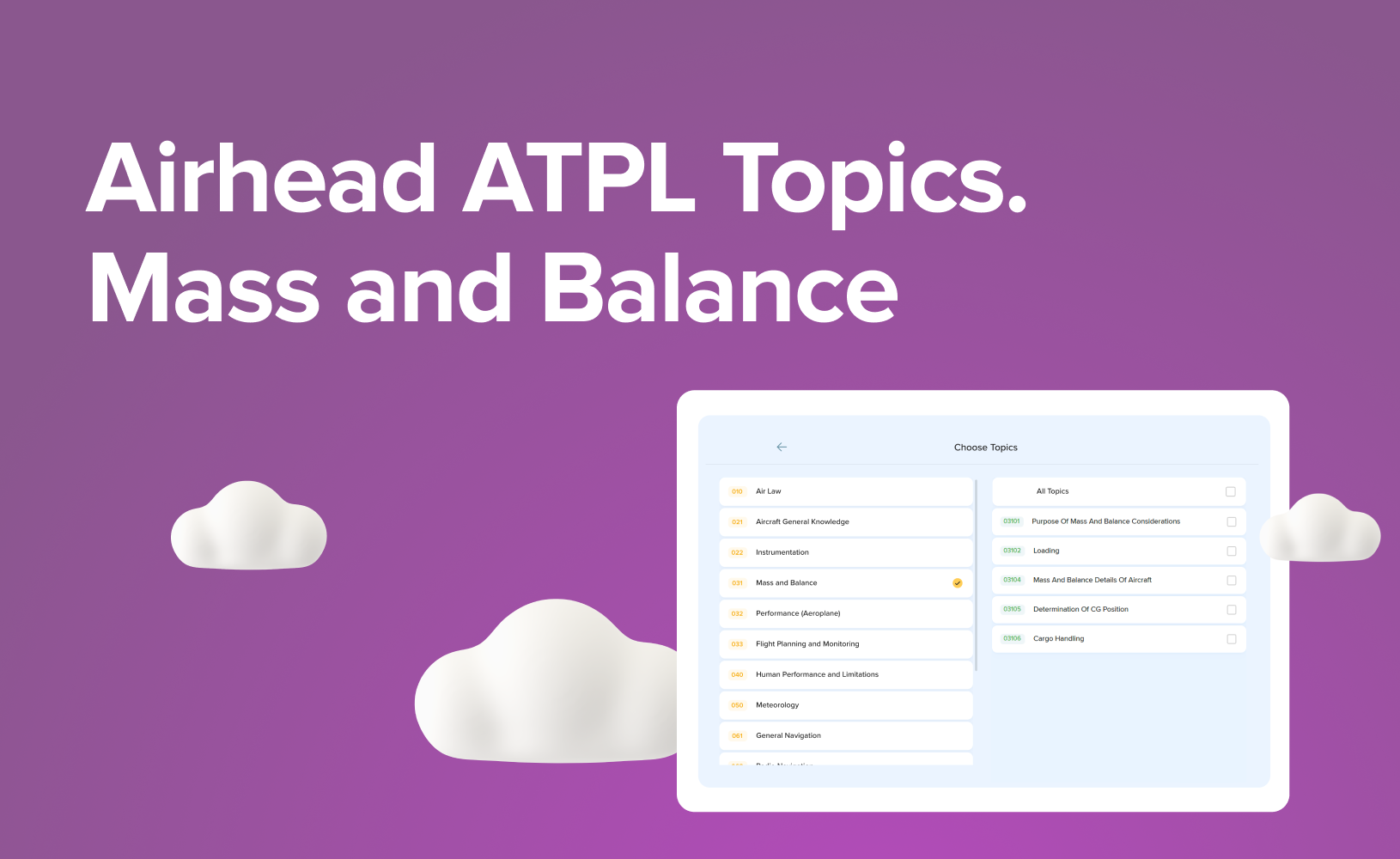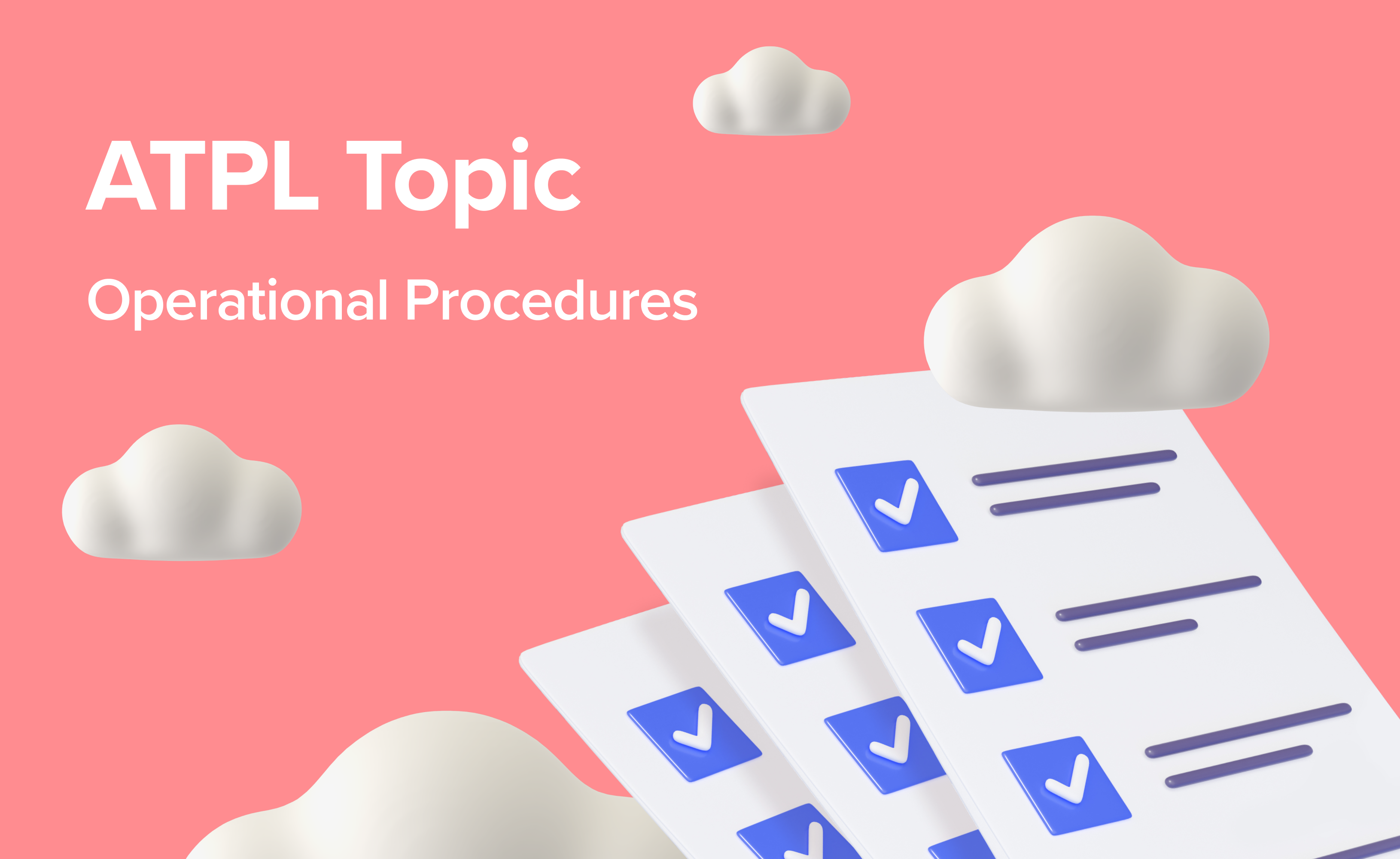Fuel Your Flight: The Student Pilot Flight Bag Checklist
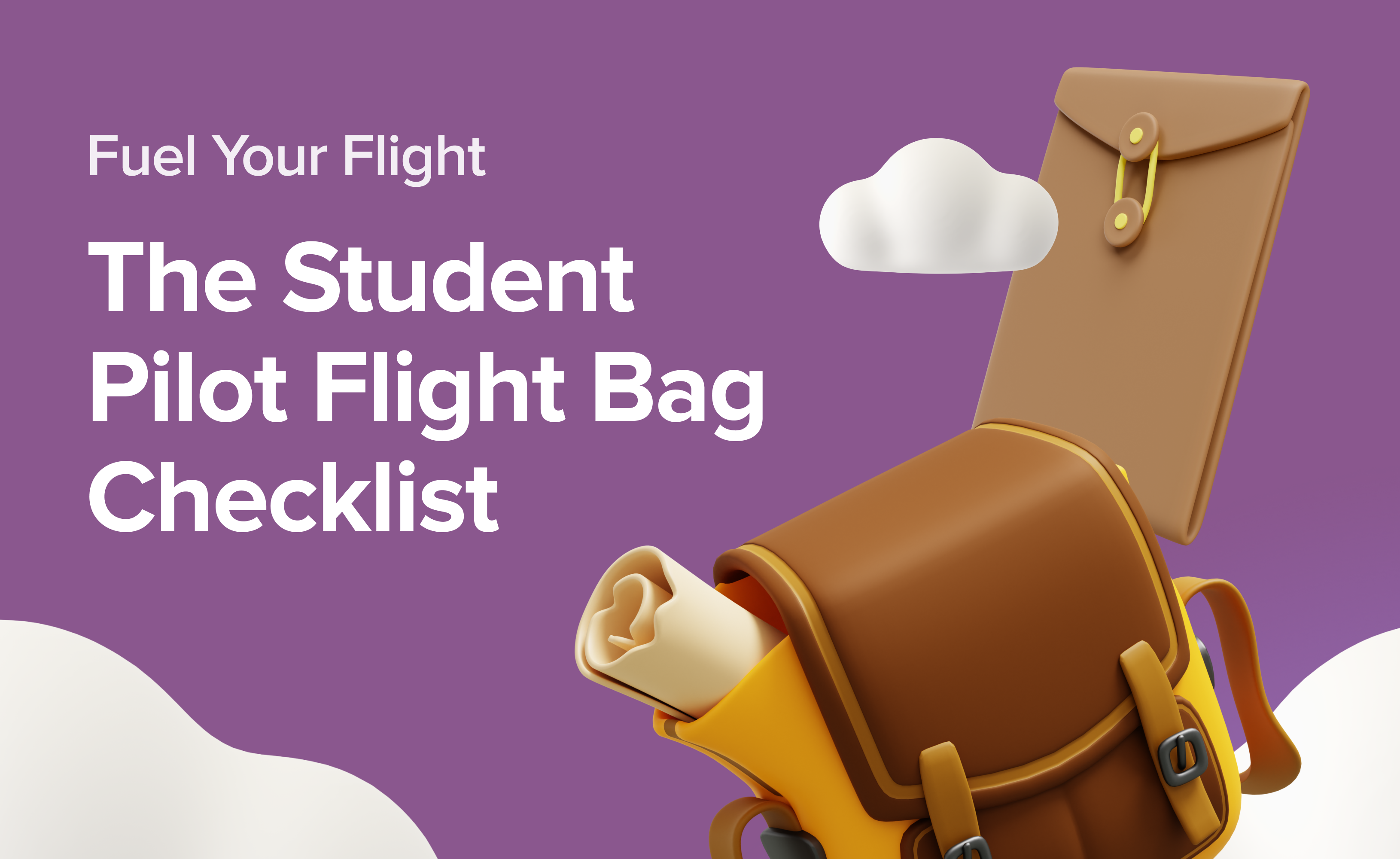
Have you ever cast a curious glance at a pilot, their crisp uniform and focused expression exuding an aura of professionalism? That air of preparedness extends beyond the surface – it's embodied in their trusty travel buddy, the ever-present flight bag. But what exactly lies within these specialised pouches? This comprehensive guide unveils the secrets of a pilot's flight bag, transforming your curiosity into confidence.
This guide delves into the essential equipment, documents, and resources that fuel a pilot's journey. Glean valuable insights from experienced aviators, equipping yourself with the knowledge to navigate the exciting world of flight training and beyond.
To bridge the gap between theory and practice, we've cracked open the flight bag of a real student pilot, Cameron. Get an insider's perspective on his must-have items – a practical glimpse that will empower you to build your own well-equipped flight bag. Consider it your launchpad to a world of piloting possibilities.
The Pilot Bag
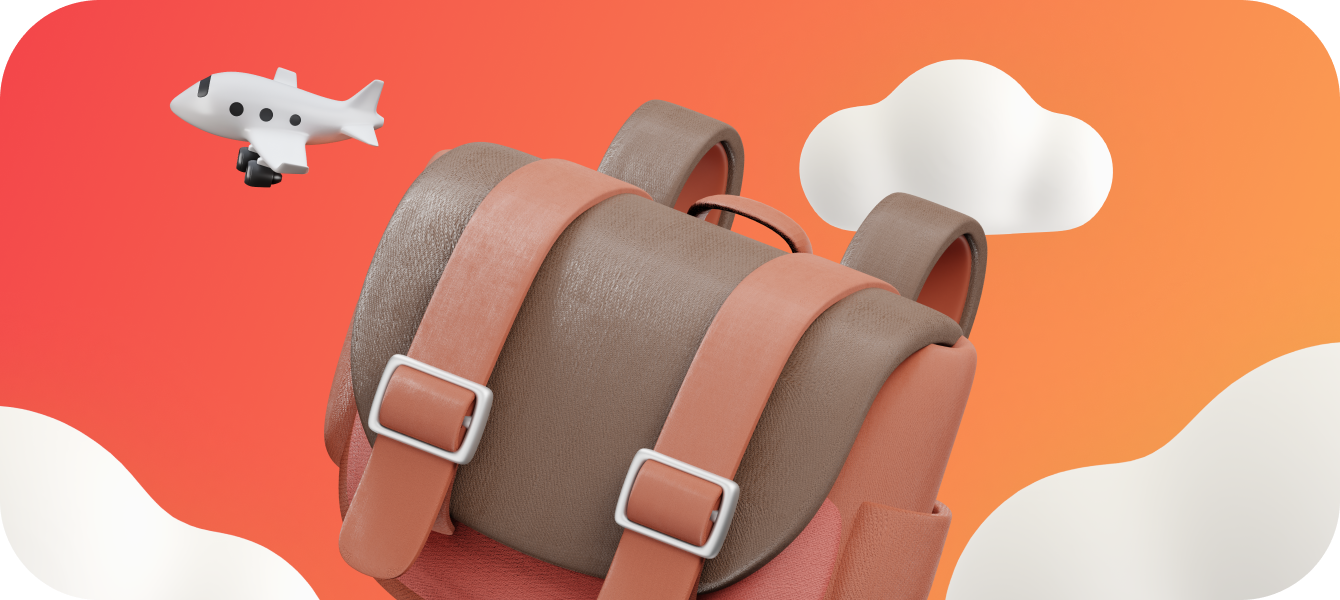
You're a student pilot, fresh-faced and eager to conquer the skies. As you confidently stride towards your awaiting aircraft, a well-organised flight bag draped over your shoulder becomes an extension of yourself – a symbol of meticulous preparation and unshakable dedication.
Why is a pilot's flight bag so crucial? It's the real-life example of that age-old adage: big things start small. In the highly complex world of aviation, attention to detail is the name of the game. The way you pack your flight bag reflects not only your efficiency but also your commitment to safety and professionalism. A pilot who arrives with a jumble of charts and checklists might raise a few eyebrows. On the other hand, a pilot who pulls out a well-stocked, meticulously arranged bag exudes confidence and inspires trust. It's a subtle first impression that speaks volumes.
Now, let's delve into the practicalities.
Durability is your number one priority. This isn't your average gym bag – you need a battle-tested companion that can withstand the rigours of travel and the occasional bump on the tarmac. Imagine yourself piloting through a sudden downpour; a weather-resistant exterior ensures your essential documents and electronics stay safe and dry, no matter what the elements throw your way.
Comfort is equally important. Those long training days can be physically demanding, so prioritise a bag with an ergonomic design. Adjustable, padded straps distribute weight evenly, saving you from the dreaded “pack mule” feeling as you navigate from classroom to hangar, textbooks, charts, and pre-flight checklists in tow.
Organisation is the key to a pilot's well-being. Multiple compartments become your best friends. Look for a pilot-specific bag. A dedicated compartment keeps your precious headset safe from bumps and scratches. Another one offers a safe spot for your sunglasses, ensuring you can navigate those bright, sun-drenched skies. And for those pre-dawn departures or unexpected nighttime manoeuvres, a trusty torch tucked away in its own designated spot will be your knight in shining armour (or should we say, beam?).
Investing in the right flight bag is more than just about practicality; it's an investment in your piloting journey. Let's face it, a well-chosen flight bag also just looks darn cool.
Essential Documents

These documents are your golden tickets to the skies. Keep them squeaky clean and store them in a special pouch within your flight bag. This designated spot ensures a stress-free grab-and-go whenever you need them.
Pilot's Licence. This official document proves your flying privileges. It's practically an extension of yourself, so make sure it's tucked safely away in your bag for every single flight.
Government-Issued Photo ID. This little card is your shield when it comes to security checks at airports and renting aircraft. Imagine forgetting it – no fun! So keep it within easy reach, ready to flash with pride (and maybe a hint of pilot cool!).
Medical Certificate (if required). This document verifies you're in tip-top shape to take to the skies. Think of it as your pilot's health passport, ensuring you meet the necessary standards.
Student Pilot Specifics
Let's take your flight bag from good to exceptional, especially for those mastering the art of flight. In addition to the core items we've already covered, student pilots should consider these additional must-haves:
Your Logbook – Your Wings on Paper: This isn't just a notebook, it's your chronicle of conquest in the skies. For solo flights, ensure you have the necessary endorsements from your flight instructor documented in your logbook. Always carry it with you for any flight where you take the helm as Pilot in Command. Think of it as a pilot's rite of passage – recording your flight hours, logging experiences, and collecting instructor signatures after each lesson. It's a tangible record of your journey, and trust us, you'll treasure looking back on those early milestones.
Syllabus – Your Flight Training Roadmap: Consider your syllabus your flight training map. During flights, take a quick peek to ensure you're on track, completing the required tasks and meeting those all-important learning objectives. Think of it as your in-flight compass, keeping you oriented and ensuring you get the most out of each precious training session.
E6-B Flight Computer – Your (Optional) Calculator Buddy: While not compulsory, gaining experience with a trusty E6-B flight computer can be beneficial. This little marvel can help you calculate time, speed, and distance – essential skills for any pilot. Consider it practice for the future, or a brainy way to impress your instructor (or maybe even fellow students!). But remember, it's an optional extra, so pack it if you think it will enhance your learning experience.
Communication and Navigation
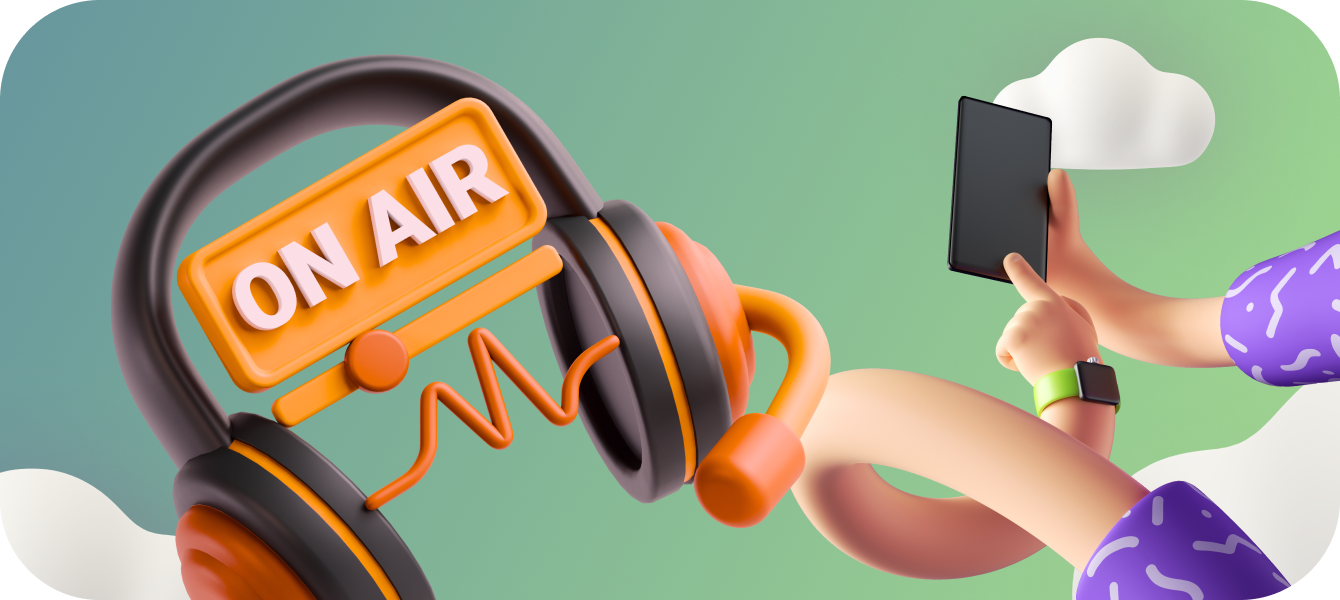
Communication and navigation – these are the cornerstones of a successful flight, and your onboard equipment reflects that. Let's dive into the pilot's must-haves that keep you connected and on course:
Headset. Invest in a high-quality headset. Think of it as your pilot's communication lifeline. This trusty tool ensures clear reception and transmission with air traffic control (ATC). Plus, it reduces background noise, protecting your hearing during long flights – a win-win!
Electronic Navigation. Technology buffs, rejoice! Consider a tablet loaded with essential aviation apps. These can house digital versions of charts, approach plates, and even real-time weather information. Remember to pack a portable charger to keep your device juiced throughout the flight – a dead tablet during a crucial moment is definitely not ideal!
Paper Power – Your Backup Plan. Even with the marvels of electronics, paper charts remain your reliable backup. Think of them as your old-school safety net:
CAA-Approved Sectional Charts. These detailed paper maps provide a comprehensive overview of your airspace, ensuring you stay on track.
Terminal Area Charts (TACs). When navigating busy terminal areas during approach and departure, TACs become your best friend. These detailed charts offer crucial information for navigating these high-traffic zones with confidence.
Essential Scribblers. Pens, pencils, and a trusty notebook are your on-board record keepers. Imagine jotting down vital weather reports, instructor notes, or flight data – these simple tools ensure you capture important details for future reference.
Flight Essentials for Different Missions

Cross-Country Flights. In addition to the standard essentials, student pilots planning cross-country flights (anything over 50 nm for aeroplanes and 25 nm for helicopters) will need:
Completed Navigation Log: This log documents your flight plan and progress, acting as a roadmap for your extended journey.
Flight Computer (Optional, But Beneficial): A flight computer helps you calculate time, speed, and distance for more precise navigation.
Instrument Flight Essentials. For instrument flying, where you rely on instruments instead of visual reference, you'll need some additional resources:
Approach Plates. These detailed charts provide crucial guidance for landing procedures at specific airports. Imagine navigating a blind landing – these charts become your roadmap to a smooth touchdown.
IFR En Route Chart (High or Low). These charts depict airspace information specifically for instrument flight rules (IFR) operations. Depending on your flight altitude, you'll need either the high or low-altitude version to ensure safe navigation.
By packing these essential items, you'll be well-equipped for any flight scenario, from quick local hops to extended cross-country adventures.
Must-haves for Every Flight
Now, let's move beyond the basics and explore some handy extras that can elevate your flying experience:
Non-Polarized Sunglasses. Protect your eyes from the sun's glare while maintaining crystal-clear visibility of your instrument panel. These are essential for maintaining focus and ensuring safe piloting, especially on bright days.
Fuel for the Journey (Literally). Stay hydrated and energized with a designated water bottle and healthy snacks. Packing snacks helps avoid blood sugar dips, especially on longer flights. Remember, a focused student pilot is a happy (and safe) student pilot!
Insights from Experienced Pilots

We're about to delve into the insights of seasoned aviators and explore some pilot-specific gear that will elevate your flight experience. Think of it as equipping yourself with the tools of the trade, just like any other professional.
Gear Up for the Cockpit. General aviation pilots rely on specialised equipment designed to thrive in the unique environment of the cockpit. Here's where size truly matters – unlike a bulky clipboard, a pilot kneeboard is a compact writing surface that straps snugly to your leg. They jot down notes or referencing checklists with ease, all within easy reach and without hindering your movements. It's a small detail that makes a big difference!
Night Vision Savvy. Have you ever heard of the phrase “seeing red”? Well, for pilots, it takes on a whole new meaning! Unlike your average torch that blasts white light (which can disrupt your night vision), pilot flashlights often have coloured lenses – red, green, blue, or yellow. These clever colours allow you to see clearly in low-light conditions while preserving your ability to navigate seamlessly during night flights. Pretty nifty, right?
The Mighty Multi-Tool. This little tool is a pilot's pocket-sized problem solver. Imagine needing a quick in-flight fix, like tightening a loose screw or tackling a minor repair. A multi-tool, equipped with a handy knife blade, screwdrivers, and pliers, can be your wingman in shining armour during such situations.
The Trusty Torch. A reliable torch is more than just a “good to have” – it's essential. Think pre-flight checks in low-light conditions or navigating unexpected situations – having a bright, dependable source of light ensures you're prepared for anything. Plus, a little extra illumination can be a major comfort factor during those pre-dawn departures.
Fuel Tester. This simple tool allows you to check fuel quality for contaminants before each flight, preventing potential engine issues.
First-Aid Kit. A basic first-aid kit containing bandages, gauze, and antiseptic wipes can be helpful in case of minor injuries.
What Cameron Carries in His Pilot Bag

Let's take flight with Cameron, a student pilot pursuing an instrument rating and commercial pilot licence. Today, he's giving us exclusive access to his pilot's bag, sharing the essential gear that keeps him prepared for a smooth and successful flight.
Pilot Licence: Carry your official pilot licence for identification purposes.
Medical Certificate: Ensure you have a valid medical certificate on hand.
Logbook: Keep detailed records of your flight training and experience in your logbook.
Plastic Wallets: Protect your paper essentials from damage with plastic wallets.
Paper Aeronautical Charts: Even with digital navigation tools, paper charts are legally required and serve as a backup in case of electronic device failure.
Checklist (Paper): Maintain a paper checklist as a reliable backup to digital versions.
Pen and Paper: A simple pen and paper combination offers a reliable way to record important information and complete checklists, even if electronics fail.
High-Visibility Jacket: While not the most comfortable attire, high-visibility jackets are mandatory at many airports. Avoid wearing them in the cockpit due to flammability concerns.
Life Jacket: Consider carrying a life jacket, even for non-water crossings. Its compact size makes it a valuable safety measure in case of an emergency landing on water.
VHF Handheld Radio: A VHF radio provides an alternative communication method in case of aircraft radio or electrical failure.
Headset: A good quality headset, like the Bose A20s mentioned by Cameron, is crucial for clear communication and reducing noise fatigue during flight. Consider having a spare set for redundancy.
Additional Tools:
Torch: A bright torch is helpful for pre-flight inspections and can function as an emergency signalling device with SOS mode.
Headlamp: A headlamp is particularly useful for night-flying situations where red light preservation is important for maintaining night vision.
Phone Mount: If you like recording your flights, a phone mount allows for hands-free video capture.
Backup Batteries: Pack extra batteries for your electronic devices like your phone, iPad, torch, headset, and VHF radio to avoid unexpected power outages.
Packing Tips

Reaching for your trusty flight bag should be a seamless, confidence-boosting experience, not a frantic scramble. Here's how to ensure your bag becomes an extension of your piloting prowess:
Become a Packing Pro. Practice makes perfect, even when it comes to stowing your gear. Think of it as a pre-flight ritual – pack and unpack your bag a few times to get a feel for the layout. This way, you'll instinctively know where everything lives, allowing lightning-fast access to essentials during those crucial pre-flight checks. Imagine fumbling with your checklist – not ideal! With practice, grabbing it becomes second nature.
Essentials Take Priority. Space in your flight bag is precious, so arrange your items ruthlessly. Pack only the items you'll use frequently and that are vital for safety and regulation compliance. Think of it as your pilot's survival kit – navigation tools, checklists, pilot's licence, headset – these are non-negotiable. Everything else is a plus.
Compartmentalise for Conquest. Remember that old saying, “a place for everything, and everything in its place”? Well, it applies perfectly to flight bag organisation. Use all those compartments and pockets to their full potential. Frequently used items like sunglasses, pens, and flight computer should reside in easily accessible outer pockets. Important documents like medical certificates and flight plans deserve a more secure, central location.
Double-Check, Breathe Easy. Before every flight, develop a pre-flight bag-check ritual. Run down a mental list of essentials, ensuring everything is packed and accounted for. This simple step can save you a world of stress and potential delays at the flight lesson or study session. Imagine that sinking feeling of realising you've forgotten your headset – yikes! A quick double-check ensures peace of mind so you may focus on more important things.
Seasonal Savvy. Remember, a pilot's life isn't all sunshine and blue skies (although hopefully there's plenty of that too!). Be prepared for the elements by adjusting your bag's contents seasonally. Pack those extra layers for winter chills and sunscreen for scorching summer sun. A little pre-planning goes a long way in ensuring a comfortable and safe flight, no matter the weather.
Final Word

Consider incorporating these recommendations to enhance your experience. The right tools, chosen wisely, can add a touch of pilot charm and make a real difference in both practicality and mastering the skies. Pack your bags, embrace the learning process, and get ready to soar!




